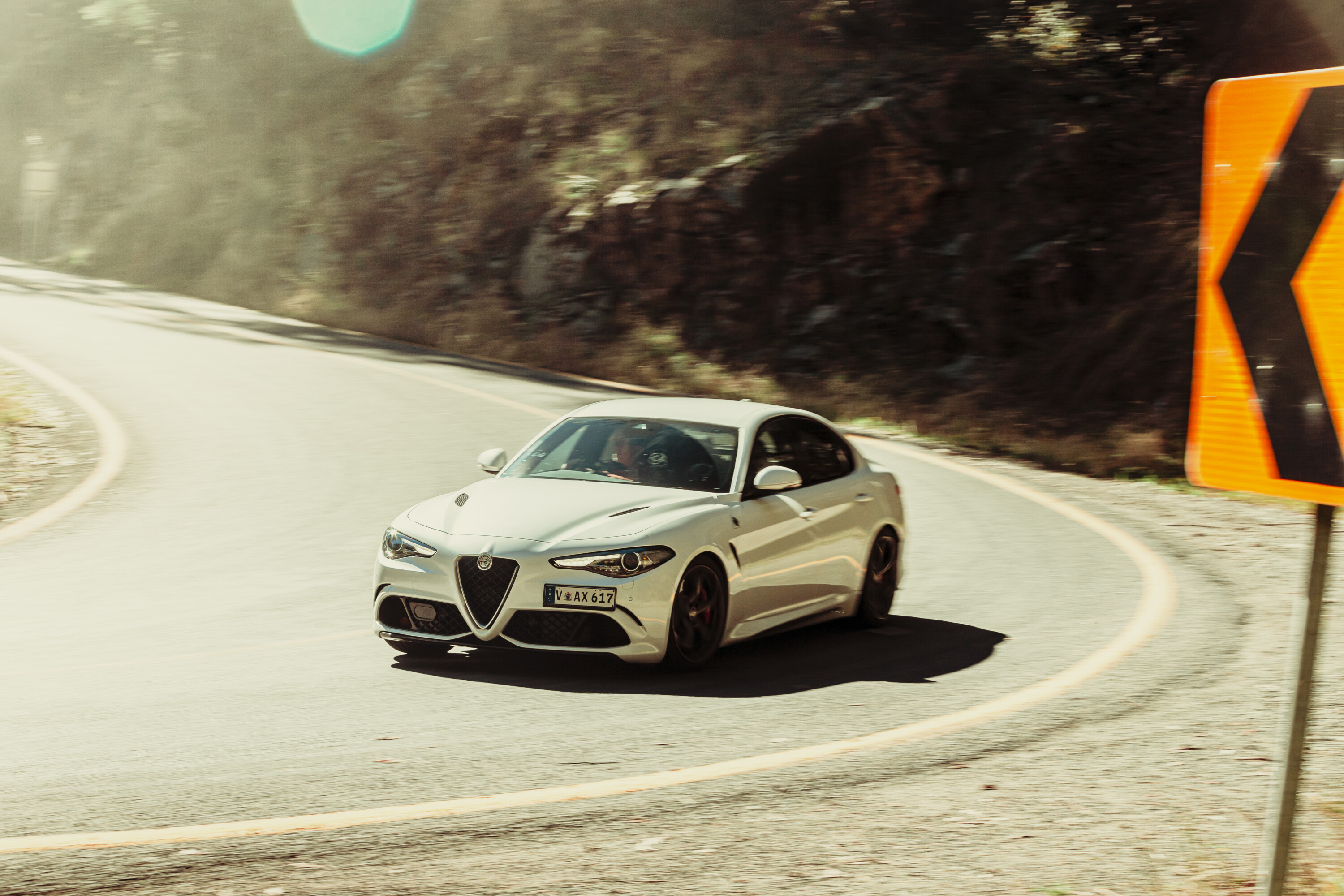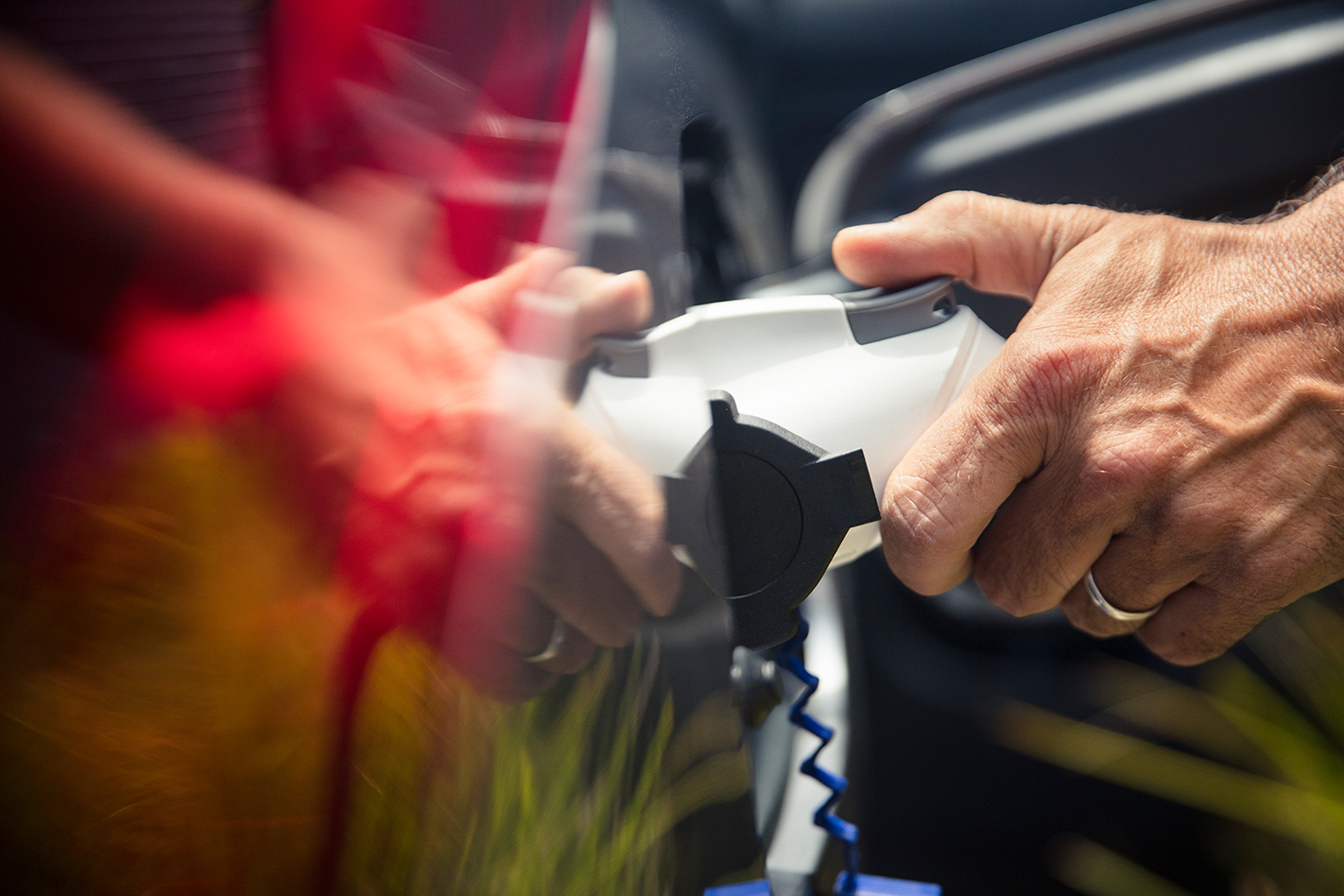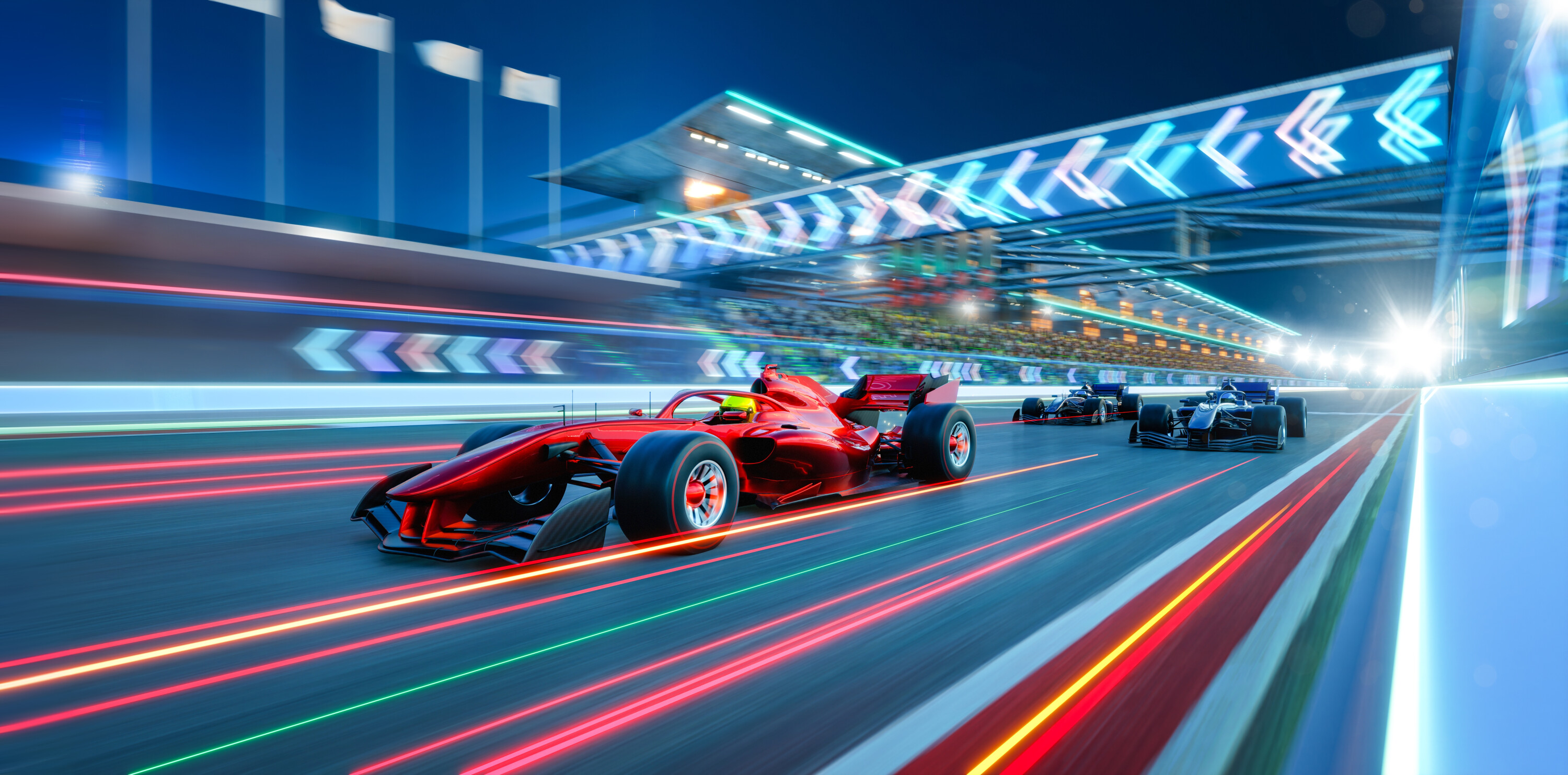Inwood was sceptical. I’d just written a cover feature on how the new Giulia Quadrifoglio had wiped the floor with the M3 and the C63, and the then-Wheels editor clearly thought I’d taken leave of my senses.
He was right to be so cautious. After all, Alfa hadn’t had much of a form line immediately prior to that point.
“So you reckon it’s better than both of ’em?” he queried for the third time. I didn’t just reckon. It was. And by a margin that made the BMW and Mercedes look a bit stupid.
I knew I was going out on a limb, fully aware of the fact that no matter how good the Giulia was, it was going to be utterly trounced in the sales charts by the Germans and would, upon cursory hindsight, appear an also-ran.
But all I could do was report as I found. On that road, on that day, it was fundamentally superior.
Read Enright’s comparo below
The reason I bring this April 2017 test up is because I recently had an excuse to jump into a Giulia Q again. It came about by accident.
Dylan Campbell had gone in to collect a car that, it turned out, had been double-booked – so he was given the Alfa for a few days as a stop-gap. I was anxious to nick the keys and see how the intervening six years had altered my views on it. The Giulia Q certainly didn’t feel as concussively fast as it did back then.
Driving potent EVs on a fairly regular basis tends to alter your perceptions on what constitutes impressive acceleration. Its drive mode system also felt silly, the most fun setting for road use also switching off all stability control. At normal speeds, there was little in the way of X-factor at all.
It felt rather tame. Doubt started to gnaw at me. Inwood’s words rang in my ears again. “Are you sure about this?”
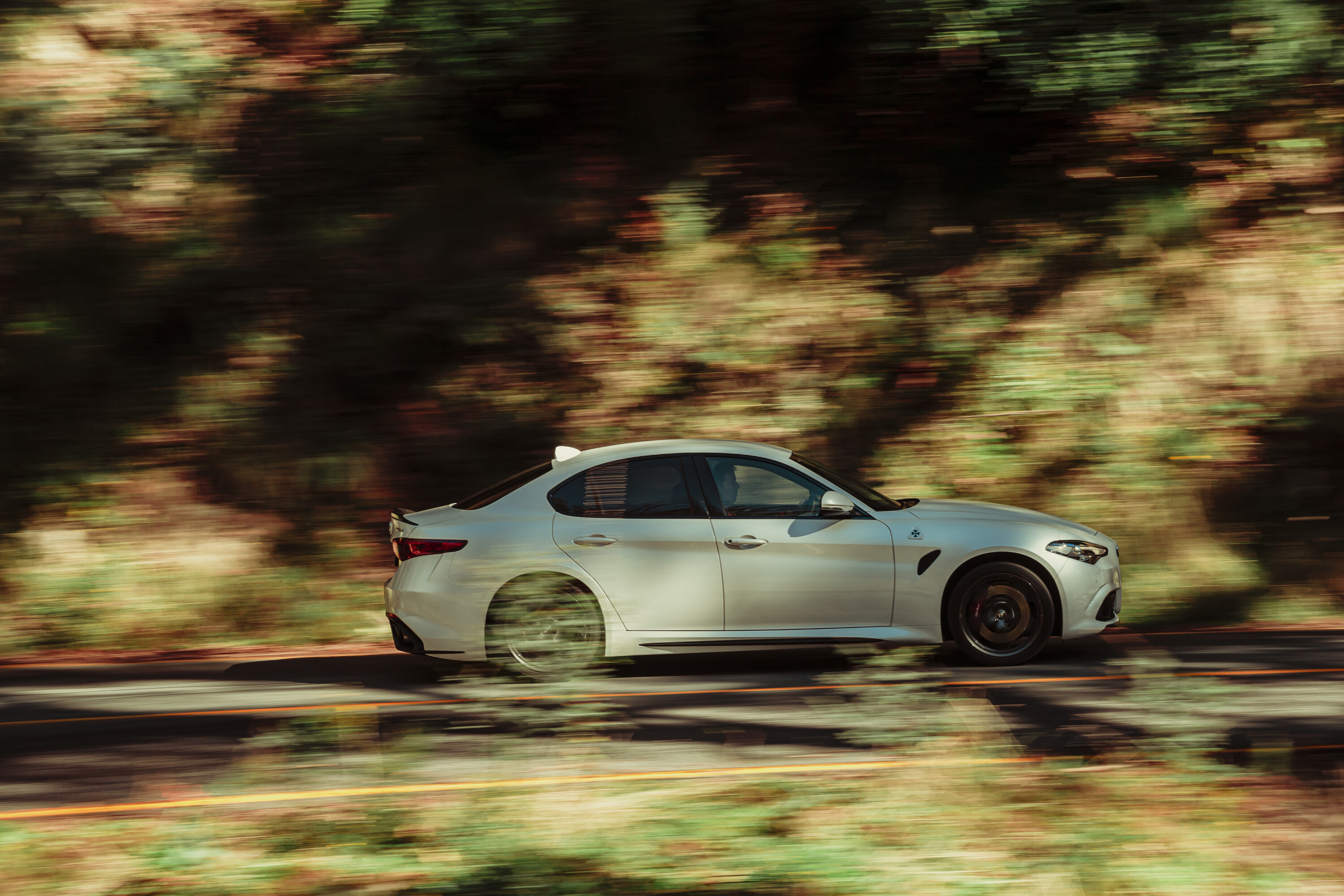
Pointing the Alfa’s nose up a challenging and deserted hill route brought the memories cascading back.
It was the ride quality and tractability of the engine at low speeds that lulled you into thinking that the Giulia lacked focus. It doesn’t. It has bandwidth. Stacks of it.
It reignited memories of how the BMW and AMG roared, bucked and kicked back impotently as they saw the Italian car disappear up the road, all buttery-smooth compliance and well-signalled limits. When extended, the Alfa felt alive and thrilling, agile and charismatic.
Hindsight also tells us that the F80 M3 was perhaps the least lovely in that nameplate’s near-40 year history. And that the W205-generation C63’s weight, and distribution thereof, meant that it would never be able to level with the Alfa when the going got twisty.
Putty Road – the venue for that 2017 comparo – certainly does twisty with some considerable élan. The Giulia was, and is, something rare and joyous. The expensively-developed Giorgio platform that underpinned both Giulia and Stelvio was also a financial disaster, which is why we may never see its like again.
Thing is, six years is a long time.
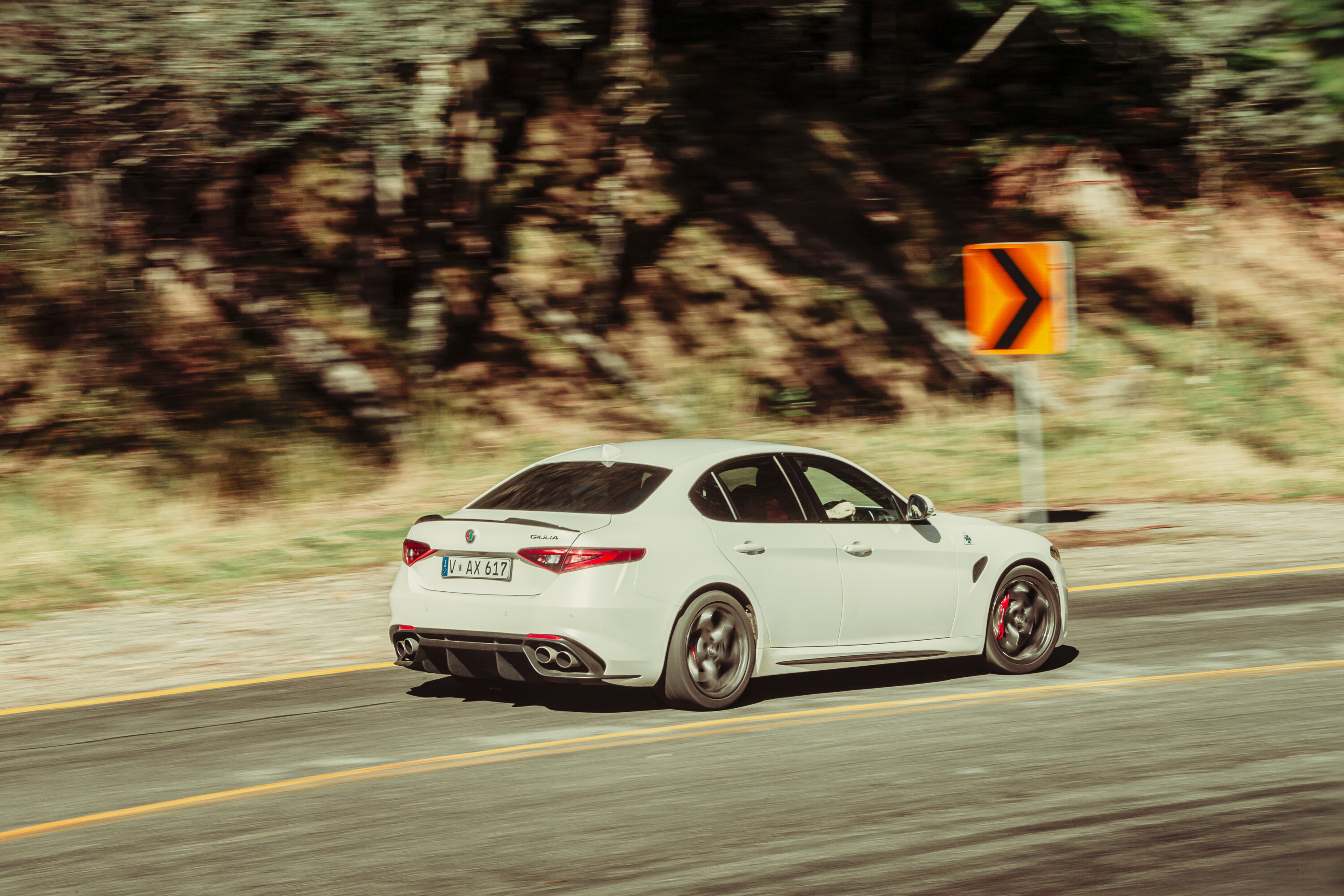
The Alfa Giulia Q is not long for this world, but we’ll miss it when it’s gone
The Giulia launched at a time when chassis engineers were just beginning to figure out how to make a heavy car with liquorice-strap tyres ride well.
Now we have vehicles like the G80 BMW M3 which is 200kg heavier than the Giulia yet almost as supple, or the Porsche Cayenne Turbo GT, a two-tonne monster that feels like a gym-bulked hot hatch.
The Giulia’s relative simplicity now smacks of a throwback, but is no less lovely for that. It’s not long for this world but we’ll miss it when it’s gone. The most capable car Alfa Romeo ever built still feels a class act. It still sells in trickles.
And I still absolutely stand by that original verdict.
We recommend
-
 Reviews
Reviews2021 Alfa Romeo Giulia Q review
Flamboyant Italian loses none of its charm in keeping up with the times
-
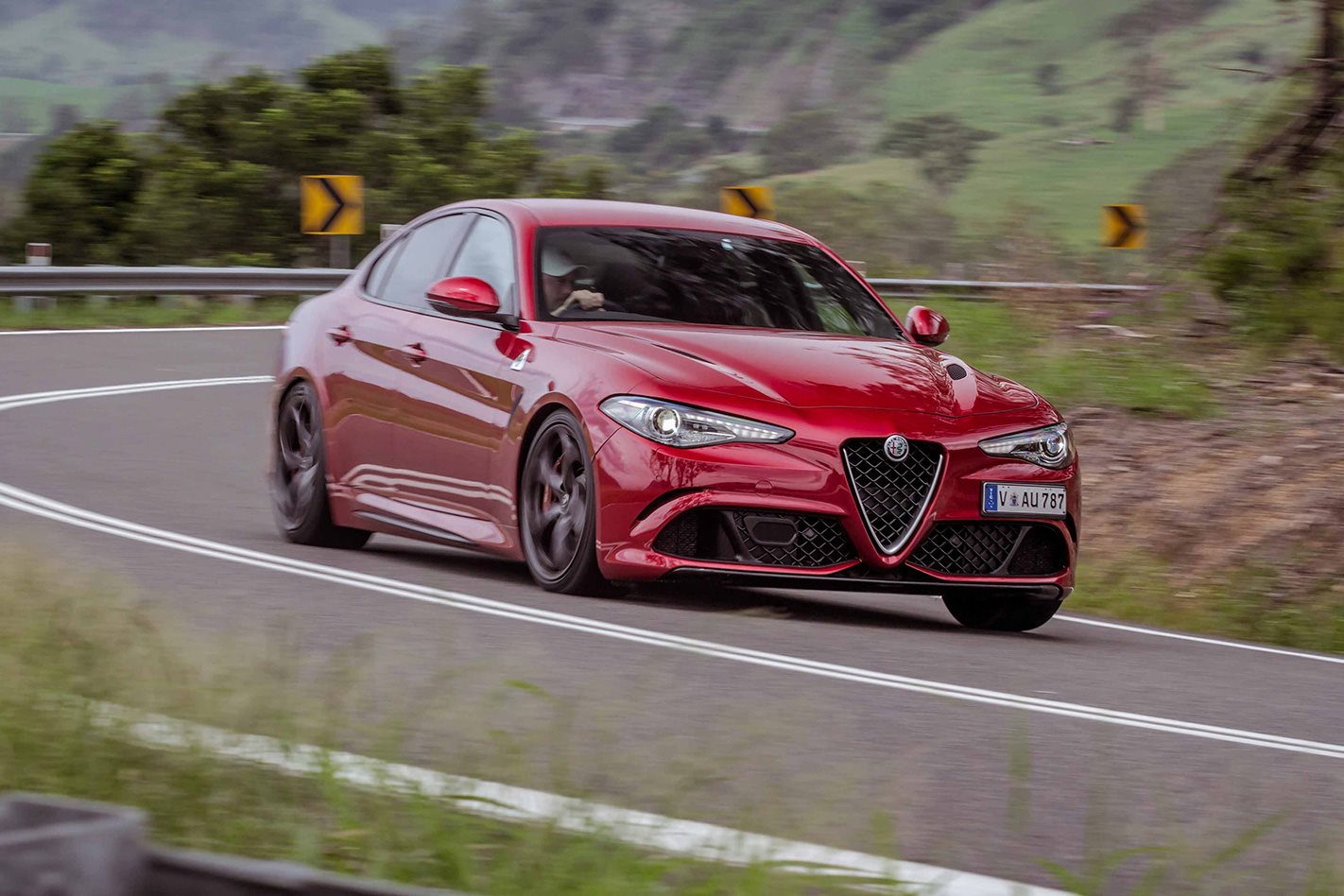 Reviews
Reviews2017 Alfa Romeo Giulia QV review
Alfa’s performance flagship finally makes landfall here in Australia. We've been impressed by it on track, but how does the most eagerly anticipated sports sedan of 2017 shape up on our roads?
-
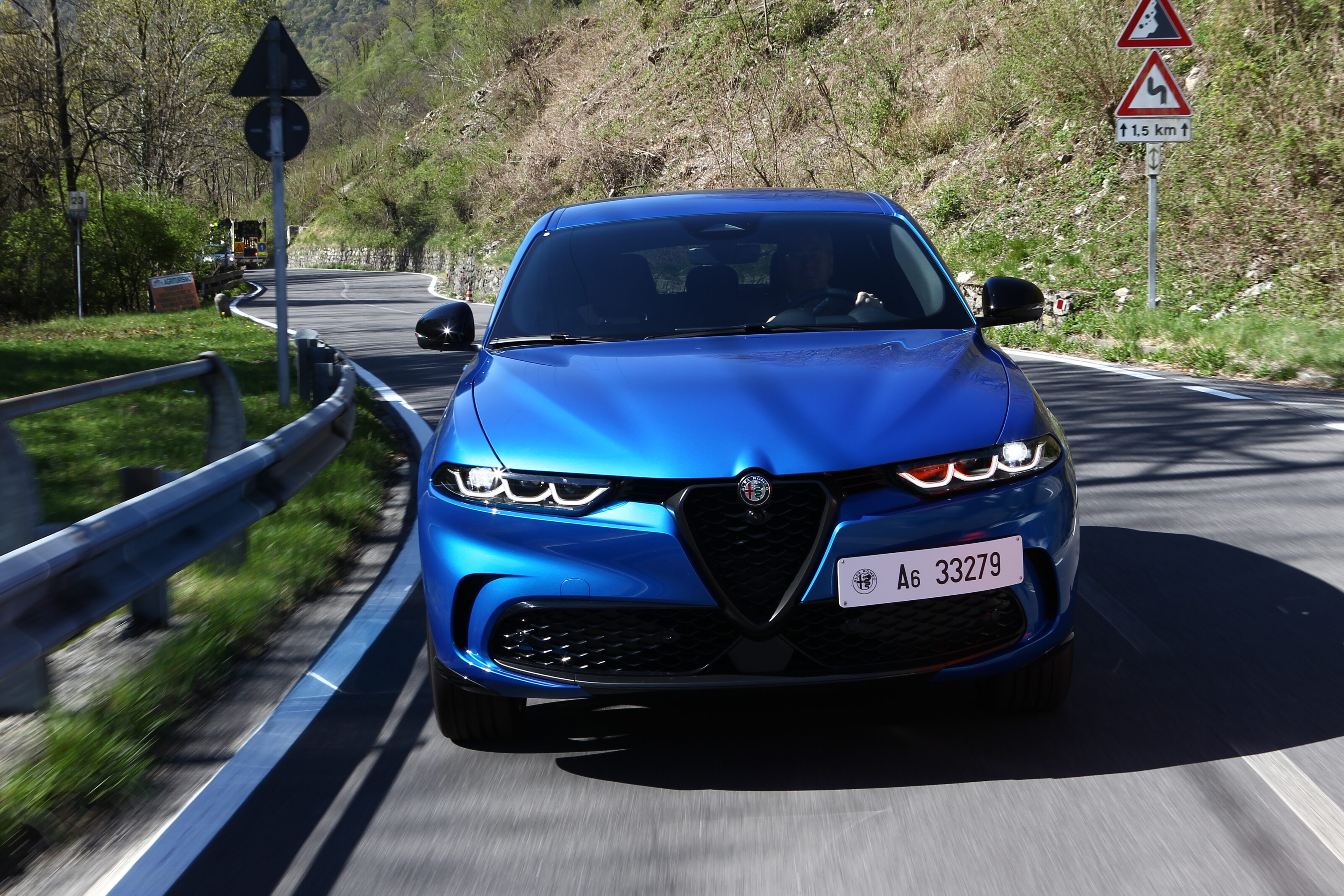 Opinion
OpinionWESTERMAN: Will the Alfisti embrace the Alfa Romeo Tonale?
It would seem that if you’ve built a car as epic as the 33 Stradale, the Alfisti will eventually forgive you for one as execrable as the Arna


